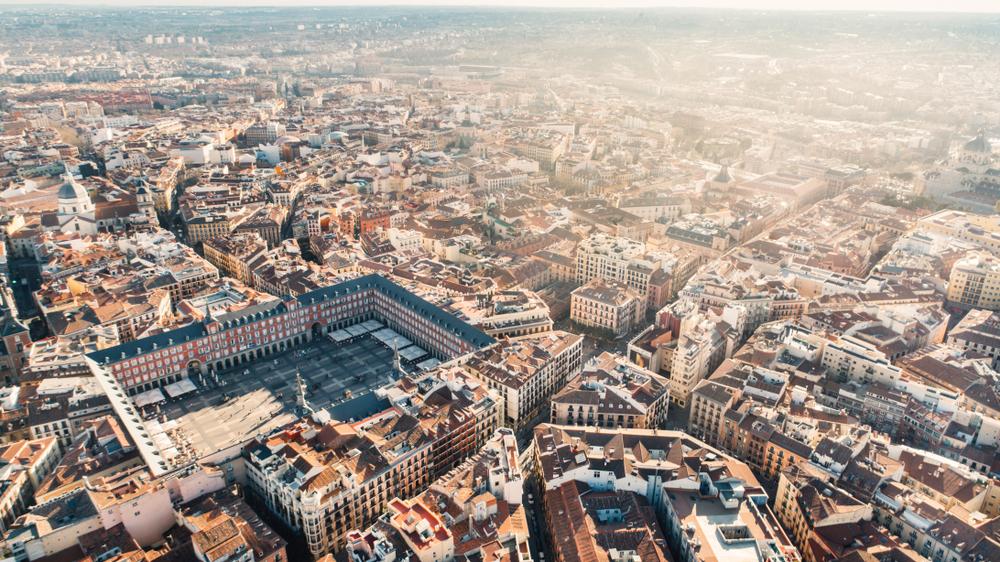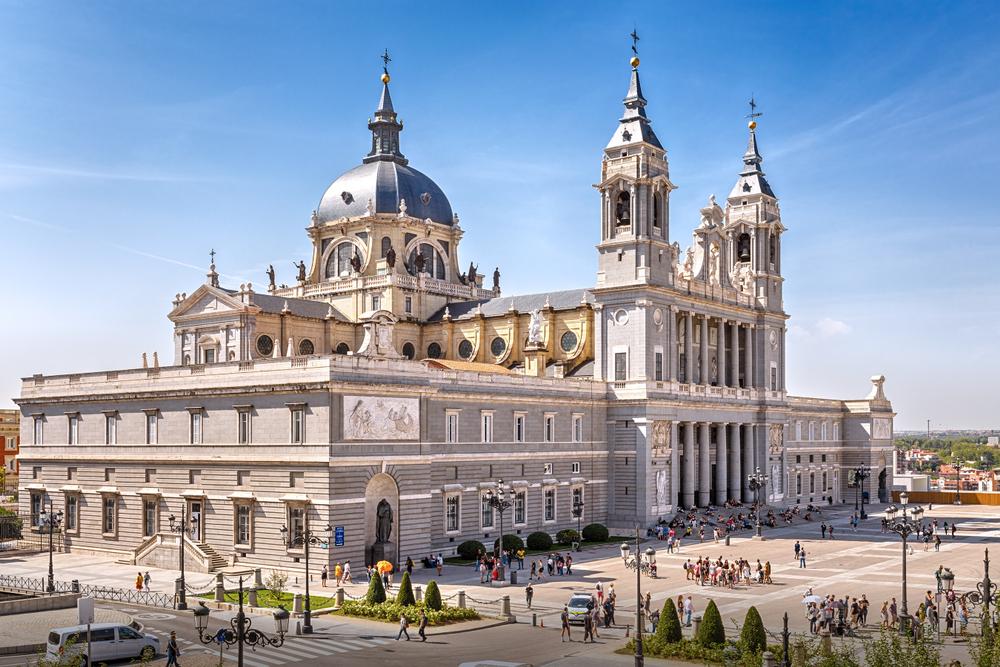
An aerial view of Madrid, Spain. eldar nurkovic/Shutterstock
Talk to any Madrileño—Madrid native—about his hometown and chances are you’ll hear this remark: “De Madrid al cielo.” It translates as, “After Madrid, heaven.”


Talk to any Madrileño—Madrid native—about his hometown and chances are you’ll hear this remark: “De Madrid al cielo.” It translates as, “After Madrid, heaven.”